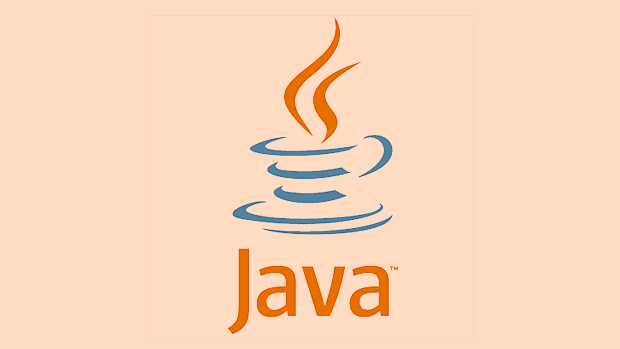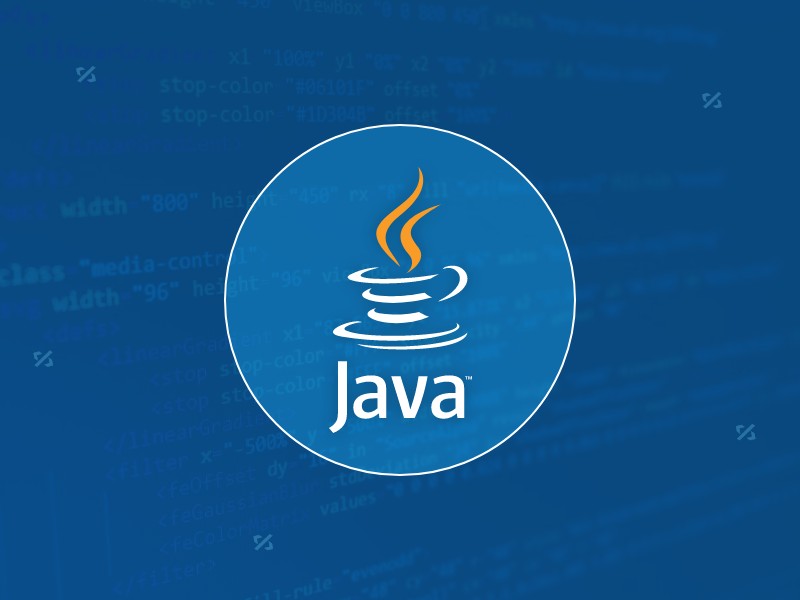Java's garbage collection mechanism manages memory by automatically identifying and cleaning up objects that are no longer in use. GC is mainly operated in heap memory, divided into the new generation (including the Eden area and the Survivor area), the old age and the metaspace; common GC algorithms include mark-clear, copy and the tag-collation, which are used to solve the memory recovery problems of different generations respectively; GC triggering timings include Minor GC (Eden area full) and Major GC/Full GC (when the old age is insufficient or when System.gc() is called), explicit calls should be avoided; GC performance can be monitored and optimized through JVM parameters, logs and tools such as jstat, VisualVM, and MAT. Reasonable setting of the heap size and selecting the GC algorithm will help improve application efficiency.

Java's Garbage Collection (GC) mechanism is the core part of Java's automatic memory management. Its main task is to automatically identify and clean objects that are no longer used in the program and free up memory space. Understanding the internal working mechanism of GC will help write more efficient and stable Java programs.

Java heap memory division
The Java heap is the main operation area of ??GC and is usually divided into several areas:

- Young Generation : Most newly created objects are allocated here.
- Eden area: Most objects will be assigned here initially.
- Survivor area (S0 and S1): survivor objects after a GC will be moved here.
- Old Generation : Long-term surviving objects will be moved to the old generation.
- Metaspace : stores the metadata information of a class (as defined by the class), replacing PermGen in Java 8 and later.
This generational structure is designed to improve the efficiency of GC. Because most objects have a short life cycle, it is not cost-effective to scan the entire heap frequently.
Common garbage collection algorithms
GC uses different algorithms internally to identify and recycle useless objects. The following are several common algorithms:

-
Mark and Sweep :
- Marking stage: Starting from the root node, iterates through all reachable objects and marks them.
- Clearing phase: Recycling memory occupied by unmarked objects.
- Disadvantages: Will generate memory fragmentation.
-
Copying :
- Divide the memory into two equal parts, using only one of them at a time.
- After the surviving object is copied to another area, the current area is completely cleared.
- This strategy is used in the Survivor area in the new generation.
- Advantages: No fragmentation problem; Disadvantages: Low memory utilization.
-
Mark-Compact :
- The marking phase is the same as "Tag-Clear".
- The collation phase moves all surviving objects to one end and then cleans up memory outside the boundary.
- This method is commonly used in the elderly to avoid memory fragmentation.
These algorithms have their own advantages and disadvantages and are used in combination in different generations to achieve optimal performance.
The timing to trigger GC
GC does not run randomly, but is triggered by the JVM under specific conditions:
- Minor GC : occurs in the Ceozoic generation, triggered when the Eden area is full. Generally, the frequency is higher and the speed is faster.
- Major GC / Full GC : occurs in the elderly, which may be triggered when the elderly are insufficient space or call
System.gc(). This type of GC is usually long and will affect application performance.
It should be noted that System.gc() is recommended and the JVM may not execute immediately, but can trigger Full GC. In production environments, explicit calls should be avoided as much as possible.
In addition, some JVM parameters can also affect GC behavior, such as -XX: UseSerialGC , -XX: UseParallelGC , etc. Selecting the appropriate combination of GC algorithms is critical for performance optimization.
How to observe and tune GC performance?
In actual development, we can monitor and tune GC behavior through some tools and parameters:
-
Add JVM parameters to enable GC logs:
-Xlog:gc*:file=gc.log:time
This allows you to see detailed GC situations in the log file.
-
Use the command line tool:
-
jstat: View GC statistics in real time. -
jvisualvmorVisualVM: Graphical interface analyzes memory usage and GC situation. -
MAT(Memory Analyzer): used to analyze heap dumps and troubleshoot memory leaks.
-
If you find that Full GC happens frequently or that a single GC takes too long, you may need to resize the heap (such as -Xms and -Xmx ), or replace the garbage collector that is more suitable for your application features.
Basically that's it. Understanding how GC works doesn't seem complicated, but it's very easy to ignore in actual development. Mastering some internal principles can help you save a lot of trouble at critical moments.
The above is the detailed content of How does Java Garbage Collection Work Internally?. For more information, please follow other related articles on the PHP Chinese website!

Hot AI Tools

Undress AI Tool
Undress images for free

Undresser.AI Undress
AI-powered app for creating realistic nude photos

AI Clothes Remover
Online AI tool for removing clothes from photos.

Clothoff.io
AI clothes remover

Video Face Swap
Swap faces in any video effortlessly with our completely free AI face swap tool!

Hot Article

Hot Tools

Notepad++7.3.1
Easy-to-use and free code editor

SublimeText3 Chinese version
Chinese version, very easy to use

Zend Studio 13.0.1
Powerful PHP integrated development environment

Dreamweaver CS6
Visual web development tools

SublimeText3 Mac version
God-level code editing software (SublimeText3)

Hot Topics
 Difference between HashMap and Hashtable?
Jun 24, 2025 pm 09:41 PM
Difference between HashMap and Hashtable?
Jun 24, 2025 pm 09:41 PM
The difference between HashMap and Hashtable is mainly reflected in thread safety, null value support and performance. 1. In terms of thread safety, Hashtable is thread-safe, and its methods are mostly synchronous methods, while HashMap does not perform synchronization processing, which is not thread-safe; 2. In terms of null value support, HashMap allows one null key and multiple null values, while Hashtable does not allow null keys or values, otherwise a NullPointerException will be thrown; 3. In terms of performance, HashMap is more efficient because there is no synchronization mechanism, and Hashtable has a low locking performance for each operation. It is recommended to use ConcurrentHashMap instead.
 What are static methods in interfaces?
Jun 24, 2025 pm 10:57 PM
What are static methods in interfaces?
Jun 24, 2025 pm 10:57 PM
StaticmethodsininterfaceswereintroducedinJava8toallowutilityfunctionswithintheinterfaceitself.BeforeJava8,suchfunctionsrequiredseparatehelperclasses,leadingtodisorganizedcode.Now,staticmethodsprovidethreekeybenefits:1)theyenableutilitymethodsdirectly
 How does JIT compiler optimize code?
Jun 24, 2025 pm 10:45 PM
How does JIT compiler optimize code?
Jun 24, 2025 pm 10:45 PM
The JIT compiler optimizes code through four methods: method inline, hot spot detection and compilation, type speculation and devirtualization, and redundant operation elimination. 1. Method inline reduces call overhead and inserts frequently called small methods directly into the call; 2. Hot spot detection and high-frequency code execution and centrally optimize it to save resources; 3. Type speculation collects runtime type information to achieve devirtualization calls, improving efficiency; 4. Redundant operations eliminate useless calculations and inspections based on operational data deletion, enhancing performance.
 What is an instance initializer block?
Jun 25, 2025 pm 12:21 PM
What is an instance initializer block?
Jun 25, 2025 pm 12:21 PM
Instance initialization blocks are used in Java to run initialization logic when creating objects, which are executed before the constructor. It is suitable for scenarios where multiple constructors share initialization code, complex field initialization, or anonymous class initialization scenarios. Unlike static initialization blocks, it is executed every time it is instantiated, while static initialization blocks only run once when the class is loaded.
 What is the Factory pattern?
Jun 24, 2025 pm 11:29 PM
What is the Factory pattern?
Jun 24, 2025 pm 11:29 PM
Factory mode is used to encapsulate object creation logic, making the code more flexible, easy to maintain, and loosely coupled. The core answer is: by centrally managing object creation logic, hiding implementation details, and supporting the creation of multiple related objects. The specific description is as follows: the factory mode handes object creation to a special factory class or method for processing, avoiding the use of newClass() directly; it is suitable for scenarios where multiple types of related objects are created, creation logic may change, and implementation details need to be hidden; for example, in the payment processor, Stripe, PayPal and other instances are created through factories; its implementation includes the object returned by the factory class based on input parameters, and all objects realize a common interface; common variants include simple factories, factory methods and abstract factories, which are suitable for different complexities.
 What is the `final` keyword for variables?
Jun 24, 2025 pm 07:29 PM
What is the `final` keyword for variables?
Jun 24, 2025 pm 07:29 PM
InJava,thefinalkeywordpreventsavariable’svaluefrombeingchangedafterassignment,butitsbehaviordiffersforprimitivesandobjectreferences.Forprimitivevariables,finalmakesthevalueconstant,asinfinalintMAX_SPEED=100;wherereassignmentcausesanerror.Forobjectref
 What is type casting?
Jun 24, 2025 pm 11:09 PM
What is type casting?
Jun 24, 2025 pm 11:09 PM
There are two types of conversion: implicit and explicit. 1. Implicit conversion occurs automatically, such as converting int to double; 2. Explicit conversion requires manual operation, such as using (int)myDouble. A case where type conversion is required includes processing user input, mathematical operations, or passing different types of values ??between functions. Issues that need to be noted are: turning floating-point numbers into integers will truncate the fractional part, turning large types into small types may lead to data loss, and some languages ??do not allow direct conversion of specific types. A proper understanding of language conversion rules helps avoid errors.
 Why do we need wrapper classes?
Jun 28, 2025 am 01:01 AM
Why do we need wrapper classes?
Jun 28, 2025 am 01:01 AM
Java uses wrapper classes because basic data types cannot directly participate in object-oriented operations, and object forms are often required in actual needs; 1. Collection classes can only store objects, such as Lists use automatic boxing to store numerical values; 2. Generics do not support basic types, and packaging classes must be used as type parameters; 3. Packaging classes can represent null values ??to distinguish unset or missing data; 4. Packaging classes provide practical methods such as string conversion to facilitate data parsing and processing, so in scenarios where these characteristics are needed, packaging classes are indispensable.






